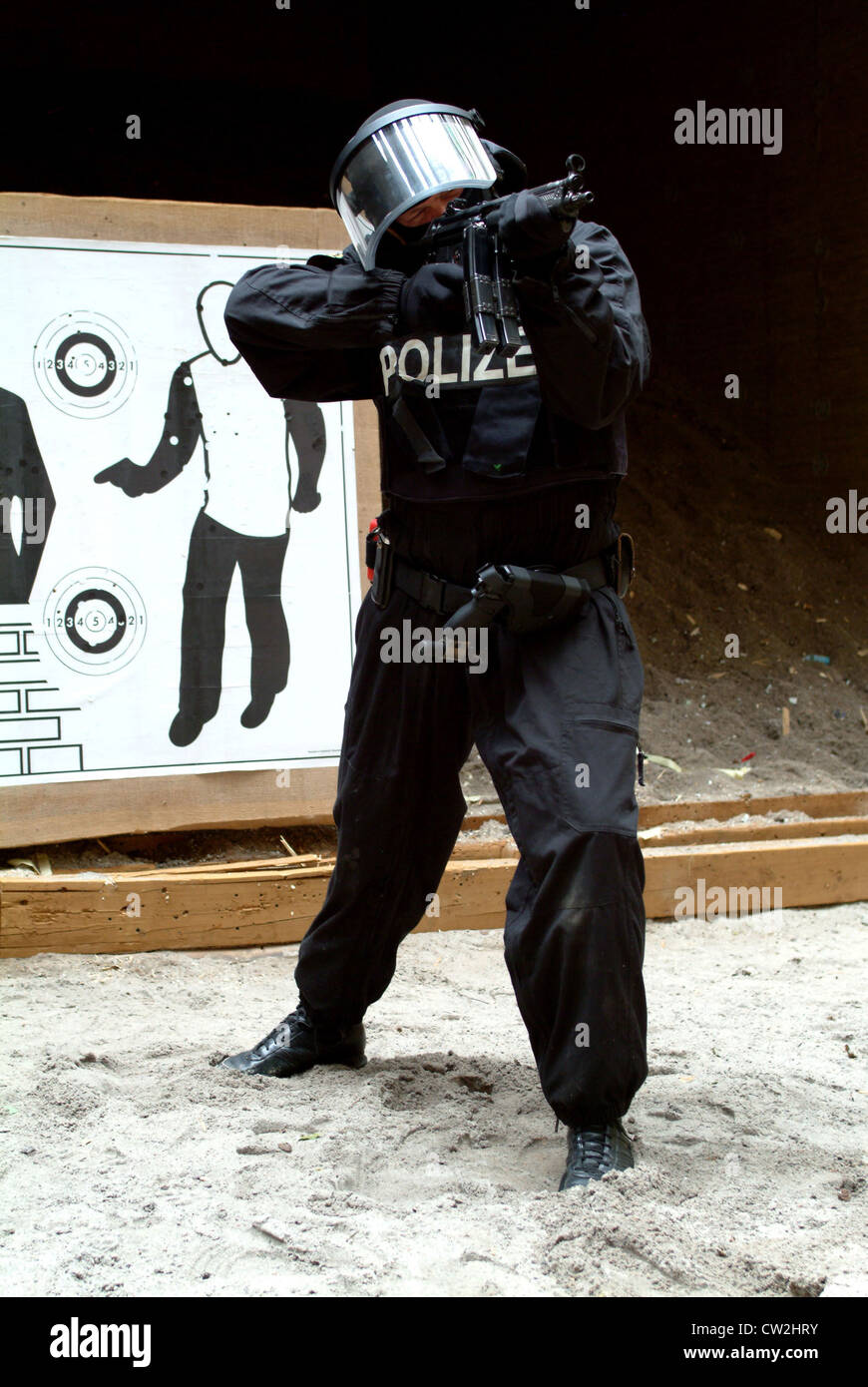Special Weapons and Tactics (SWAT) teams play a crucial role in law enforcement, serving as the front line during high-risk situations that exceed the capabilities of regular police units. These specialized units are trained to handle complex and dangerous scenarios, ensuring public safety while minimizing risks to civilians and officers alike. Their expertise is honed through rigorous training and advanced equipment, making them indispensable assets for any police department.
The responsibilities of SWAT teams extend beyond what standard police officers encounter daily. From hostage rescues and counter-terrorism operations to executing high-risk warrants and managing active shooter incidents, SWAT officers are prepared for some of the most challenging missions faced by law enforcement. This article delves into their critical roles, training requirements, and day-to-day activities, shedding light on how these elite units operate.
Compensation and Perks for SWAT Officers
One important aspect of being a SWAT officer involves understanding the financial benefits associated with the role. For instance, within the Atlanta Police Department, SWAT officers may receive additional compensation based on overtime work or compensatory time off at a one-to-one ratio for extra hours worked. These incentives reflect the demanding nature of the job and aim to reward officers who go above and beyond their regular duties.
Salaries can vary depending on factors such as location, experience level, and specific agency policies. In many cases, SWAT officers earn more than traditional patrol officers due to the specialized skills required for their positions. Additionally, they often qualify for bonuses tied to successful mission completion or participation in particularly hazardous assignments.
Beyond monetary rewards, SWAT officers typically enjoy access to comprehensive health insurance plans, retirement packages, and other employee benefits designed to support both personal well-being and long-term career development. Such perks help attract top talent to this highly competitive field while acknowledging the sacrifices made by those serving in these vital roles.
Steps Toward Becoming a SWAT Officer
For individuals aspiring to join a SWAT team, there are several key steps involved in achieving this goal. First, candidates must meet basic qualifications like holding a high school diploma or equivalent certification along with completing initial police academy training. Some departments prefer applicants with prior military service or higher education credentials but these aren't always mandatory prerequisites.
Once hired as regular police officers, aspirants need to gain substantial field experience—often ranging from three to five years—before applying for SWAT selection processes. During this period, demonstrating exceptional performance, leadership qualities, physical fitness, and tactical knowledge becomes essential for standing out among peers.
After meeting eligibility criteria, hopefuls undergo rigorous assessments including written exams, psychological evaluations, medical screenings, and intense physical tests designed to measure readiness for high-stakes missions. Successful completion of all phases leads to specialized training programs where new recruits refine their abilities under expert supervision before officially joining active duty SWAT teams.
U.S. Marshals Service Tactical Operations Division
The U.S. Marshals Service's Tactical Operations Division (TOD) represents another prominent example of federal-level SWAT capabilities. Established to address modern challenges facing law enforcement agencies nationwide, TOD houses two primary components: the Critical Incident Response Team (CIRT) and the Special Operations Group (SOG). Together, these entities provide rapid deployment forces capable of handling diverse emergency situations across jurisdictions.
In recent years, CIRT has responded to hundreds of critical incidents annually, showcasing its effectiveness in defusing volatile encounters involving fugitive apprehensions, barricaded suspects, and mass casualty events. Meanwhile, SOG specializes in conducting large-scale operations requiring precise coordination between multiple agencies, further enhancing interdepartmental collaboration efforts.
This division underscores the importance of adaptability and innovation within contemporary SWAT frameworks, emphasizing continuous improvement through technology integration, intelligence sharing, and cross-training initiatives aimed at maintaining operational superiority against evolving threats.
Entry Requirements for SWAT Positions
While educational backgrounds vary among SWAT candidates, having formal schooling or relevant military experience can significantly boost prospects when pursuing a position within elite tactical units. Although not universally required, possessing an associate degree or bachelor’s degree related to criminal justice demonstrates commitment and enhances candidacy during competitive hiring processes.
Additionally, most law enforcement agencies mandate minimum periods of service within general patrol divisions prior to consideration for SWAT roles. Typically, this requirement ranges anywhere from three to seven years, allowing officers ample opportunity to develop foundational policing skills necessary for excelling in higher-pressure environments.
Ultimately, success hinges upon proving oneself through consistent excellence throughout one's career thus far combined with unwavering dedication towards mastering advanced techniques demanded by today's sophisticated threat landscapes.
Day-to-Day Life of SWAT Members
Contrary to popular belief, SWAT team members spend much of their time functioning as ordinary police officers engaged in routine patrols unless called upon for specialized deployments. While waiting for such calls, they contribute positively to community policing initiatives alongside fellow colleagues fostering trust and cooperation between citizens and local authorities.
Regular participation in intensive training sessions remains integral to maintaining peak condition and sharpening reflexes needed during emergencies. These exercises simulate real-world scenarios enabling participants to practice teamwork strategies, weapon proficiency, communication protocols, and problem-solving tactics under controlled conditions mimicking actual combat settings.
Despite occasional lulls between major engagements, staying mentally alert and physically prepared ensures swift responses whenever crises arise reinforcing why constant vigilance forms part of every SWAT member's everyday existence regardless of current assignment status.

